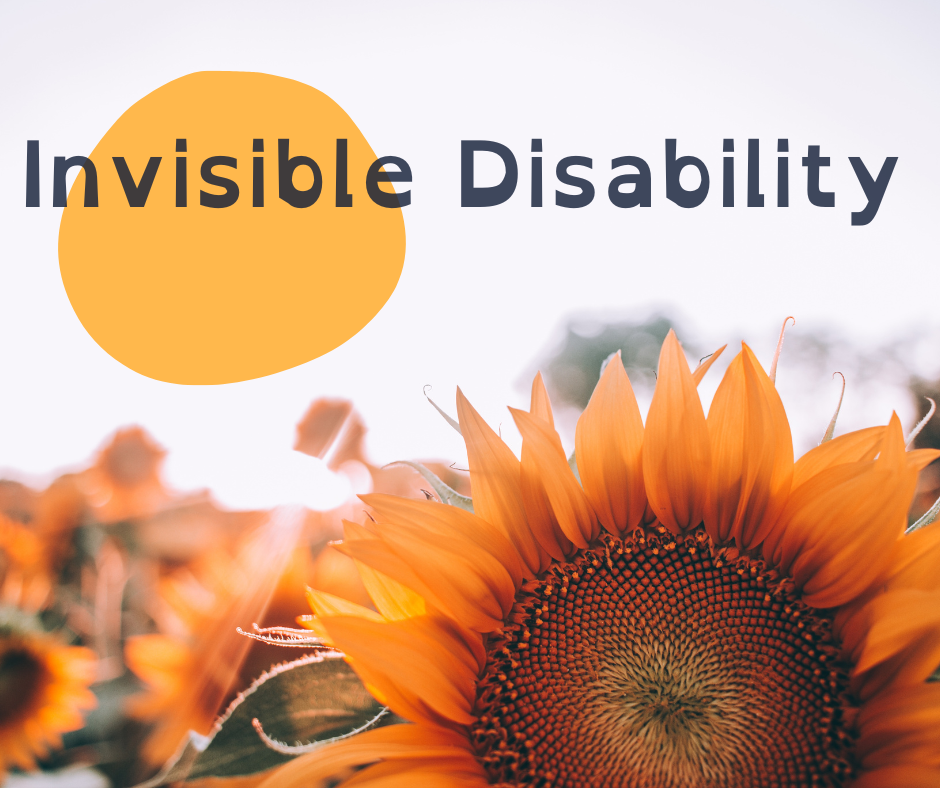Invisible Disability
- julietbcounselling
- Oct 20
- 1 min read
Invisible disabilities are far more common than many realise. They can be physical, neurological, or mental health conditions, including Autism, Epilepsy, Chronic Fatigue Syndrome, Depression and Anxiety, Multiple Sclerosis, Fibromyalgia, and many others. In fact, it’s estimated that 70–80% of all disabilities are invisible.
Living with an invisible disability can be incredibly isolating. Because the symptoms aren’t always obvious, people often face misunderstanding, judgement, or even disbelief, being told they “Don’t look disabled”. This can lead to feelings of shame, self-doubt, or exhaustion from constantly needing to explain or justify your needs.
Invisible Disabilities Week is about shining a light on these challenges, breaking down stigma, building understanding, and encouraging individuals to feel seen, heard, and supported. Whether it’s in education, the workplace, or everyday life, everyone deserves the opportunity to thrive without having to fight for recognition or accommodations.
One positive step toward greater awareness is the Sunflower Lanyard initiative. Wearing a sunflower lanyard is a simple way to signal that you may need extra time, understanding, or support. It’s being adopted by more organisations, shops, and public services to promote empathy and inclusivity.
As a counsellor, I’m here to support anyone navigating the complexities of living with an invisible condition. You're not alone, and you deserve support, understanding, and space to be fully yourself.







Comments